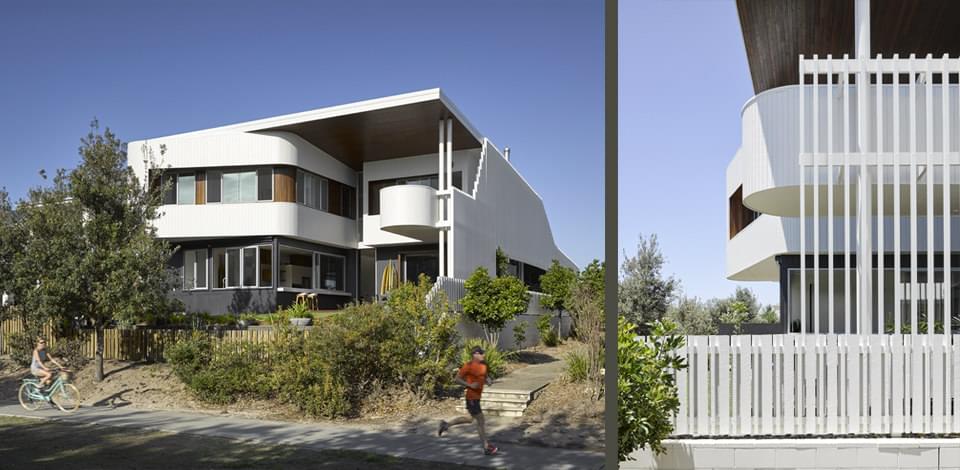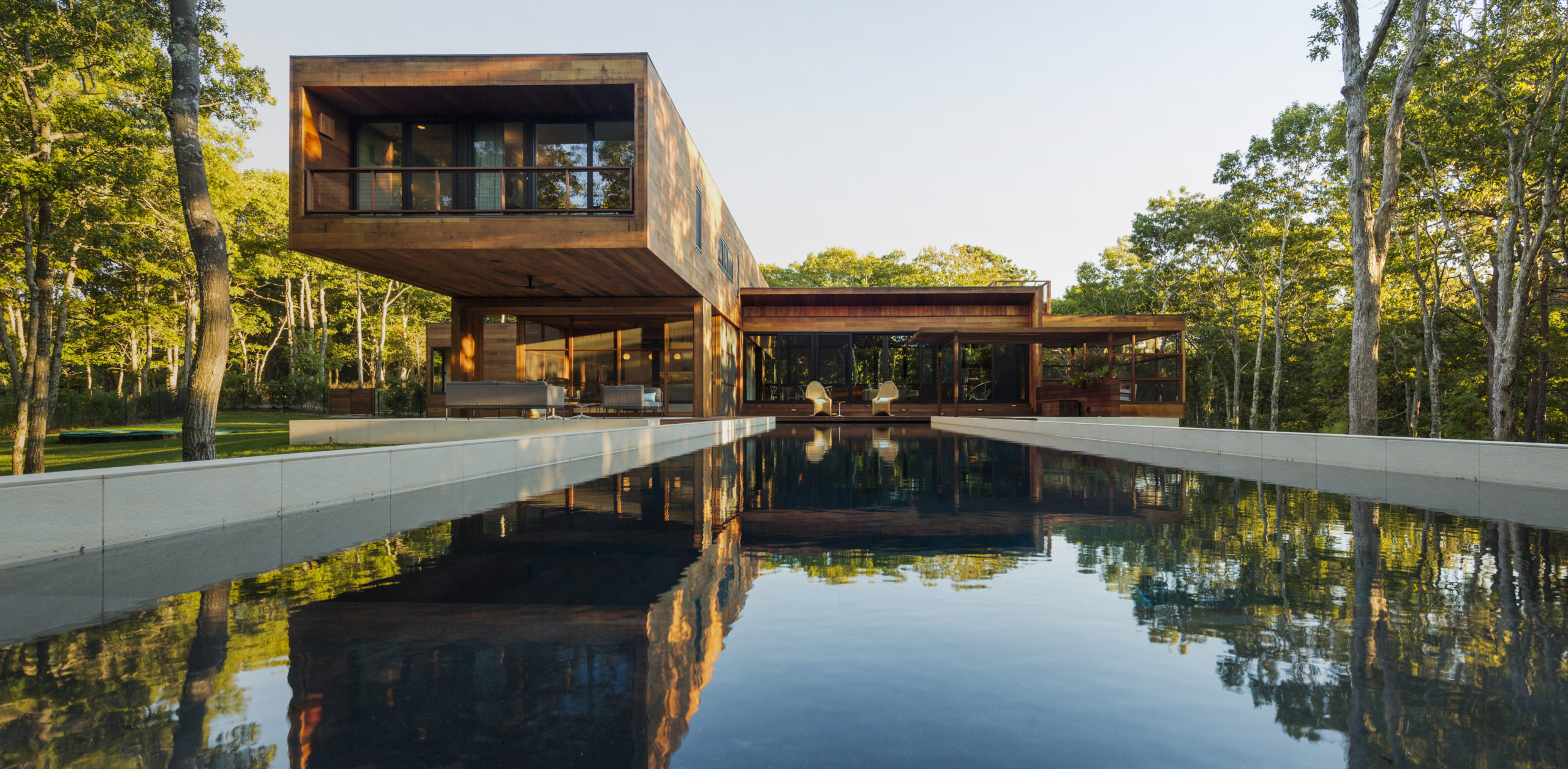Residential Interior Architect: Specialized Design Services for Beautiful Living Spaces
Wiki Article
Leading Patterns in Residential Design You Should Find Out About
As property architecture proceeds to progress, several engaging trends are shaping the method we design and occupy our living spaces. Key developments such as sustainable structure methods, the assimilation of clever home modern technology, and the rise of modular homes highlight a considerable change in the direction of both capability and ecological obligation.
Sustainable Structure Practices
An increasing variety of household projects are welcoming lasting building methods, driven by an expanding awareness of ecological impact and energy performance. This change is identified by the assimilation of eco-friendly materials, energy-efficient styles, and cutting-edge building methods. Builders and homeowners are progressively prioritizing the use of renewable energies, such as bamboo and recycled steels, which not just lower the carbon footprint but likewise improve the sturdiness and visual charm of buildings.Including energy-efficient systems is an additional crucial element of sustainable structure - residential house architect. Features such as high-performance insulation, energy-efficient windows, and solar panels are coming to be criterion in new household layouts. These aspects not only add to lower energy consumption yet likewise supply substantial long-term cost savings for property owners
Moreover, the format of sustainable homes frequently emphasizes natural light and ventilation, minimizing the dependence on synthetic lighting and climate control systems. Landscape design methods, such as xeriscaping, further advertise sustainability by reducing water use.
As the demand for lasting living remedies proceeds to increase, the property architecture sector is poised to introduce and adapt, making sure that future homes are not just ecologically responsible yet also comfy and functional for their owners. - residential house architect
Smart Home Innovation
Smart home modern technology is revolutionizing the way property owners connect with their living rooms, improving power, benefit, and safety administration. This ingenious technique incorporates different devices and systems, enabling customers to manage their homes from another location or through automated processes. Central to this trend is using smart gadgets such as thermostats, lighting, protection electronic cameras, and home appliances, all linked via the Web of Points (IoT)Among the most enticing attributes of clever home innovation is the capacity to customize setups for ideal energy efficiency. Homeowners can monitor power usage and adjust air conditioning, lighting, and home heating based upon their routines, dramatically reducing energy prices. Sophisticated protection systems geared up with wise locks and surveillance cams give tranquility of mind, making it possible for remote surveillance and signals to possible protection violations.
Assimilation with voice-activated aides improves customer experience, permitting property owners to regulate tools with simple voice commands. As innovation proceeds to advance, the potential for smart home systems to boost top quality of life expands, making them a crucial consideration in modern-day property architecture. Inevitably, wise home technology is not just a pattern but an essential shift toward extra smart living environments.
Open Principle Living
Open concept living has actually arised as a specifying attribute in modern household style, characterized by the elimination of typical obstacles in between areas. This layout philosophy advertises fluidness and connectivity within the home, permitting a smooth transition between areas such as the kitchen area, eating, and living areas. By eliminating dividers and walls, open principle formats create a feeling of space, fostering a welcoming environment that boosts social interaction.
In addition, this method to domestic design straightens with minimalism, focusing on functional simpleness and visual coherence. House owners value the convenience of these designs, which can be quickly adapted to show personal design with furniture setup and decor. As open idea living remains to acquire grip, it continues to be a testament to progressing family characteristics and the wish for homes that enhance link and convenience.
residential interior architect
Biophilic Layout
Biophilic design has come to be progressively considerable in domestic style, stressing the inherent connection between people and nature. This layout viewpoint seeks to integrate all-natural aspects into living areas, thus fostering a feeling of well-being and boosting the lifestyle for occupants. By integrating attributes such as natural light, vegetation, and organic materials, biophilic style advertises an unified partnership between interior environments and the environment.Key elements of biophilic layout include big windows that offer unhampered sights of exterior landscapes, living walls that introduce plant right into insides, and open layout that encourage airflow and natural light penetration. Water functions, both inside and outside the home, offer to develop soothing ambiences and enhance sensory experiences.
Moreover, the use of sustainable products not just supports ecological stewardship but likewise contributes to healthier indoor air high quality. As recognition of ecological issues rises, house owners are increasingly focusing on designs that reflect their link to nature. In significance, biophilic design not just raises aesthetic appeal yet likewise addresses psychological and mental demands, making it a vital fad in contemporary household style.
Modular and Prefab Houses

Moreover, prefab and modular homes are created with sustainability in mind. Many suppliers use energy-efficient systems and eco-friendly materials, such as solar panels and advanced insulation strategies, contributing to reduced power intake and reduced utility bills for property owners. The flexibility of design alternatives permits modification, providing to diverse visual choices and practical requirements.
As the demand for inexpensive housing continues to climb, prefab and modular homes present a feasible service, dealing with both economic and ecological difficulties. Communities are significantly recognizing the potential of these frameworks, incorporating them right into city and country settings. Overall, the pattern toward prefab and modular homes signifies a change toward extra sustainable, effective, and adaptable living settings, making them a pivotal aspect of modern residential style.
Conclusion
Lasting structure practices and smart home modern technologies enhance efficiency and convenience, while open principle living and biophilic design foster social interaction and a connection to nature. The rise of modular and prefab homes uses customizable and affordable options, reflecting a more comprehensive shift in the direction of functional and responsible living.Secret growths such as lasting building practices, the assimilation of smart home technology, and the surge of modular homes highlight a substantial shift towards both functionality and environmental responsibility.The surge of modular and prefab homes has actually transformed the residential style landscape, providing cutting-edge options for reliable and sustainable living.Additionally, modular and prefab homes are designed with sustainability in mind. Overall, the trend toward prefab and modular homes indicates a shift towards much more lasting, efficient, and adaptable living atmospheres, making them a crucial facet of modern residential style.
Sustainable structure practices and wise home modern technologies improve efficiency and benefit, while open principle living and biophilic design foster social interaction and a connection to nature.
Report this wiki page